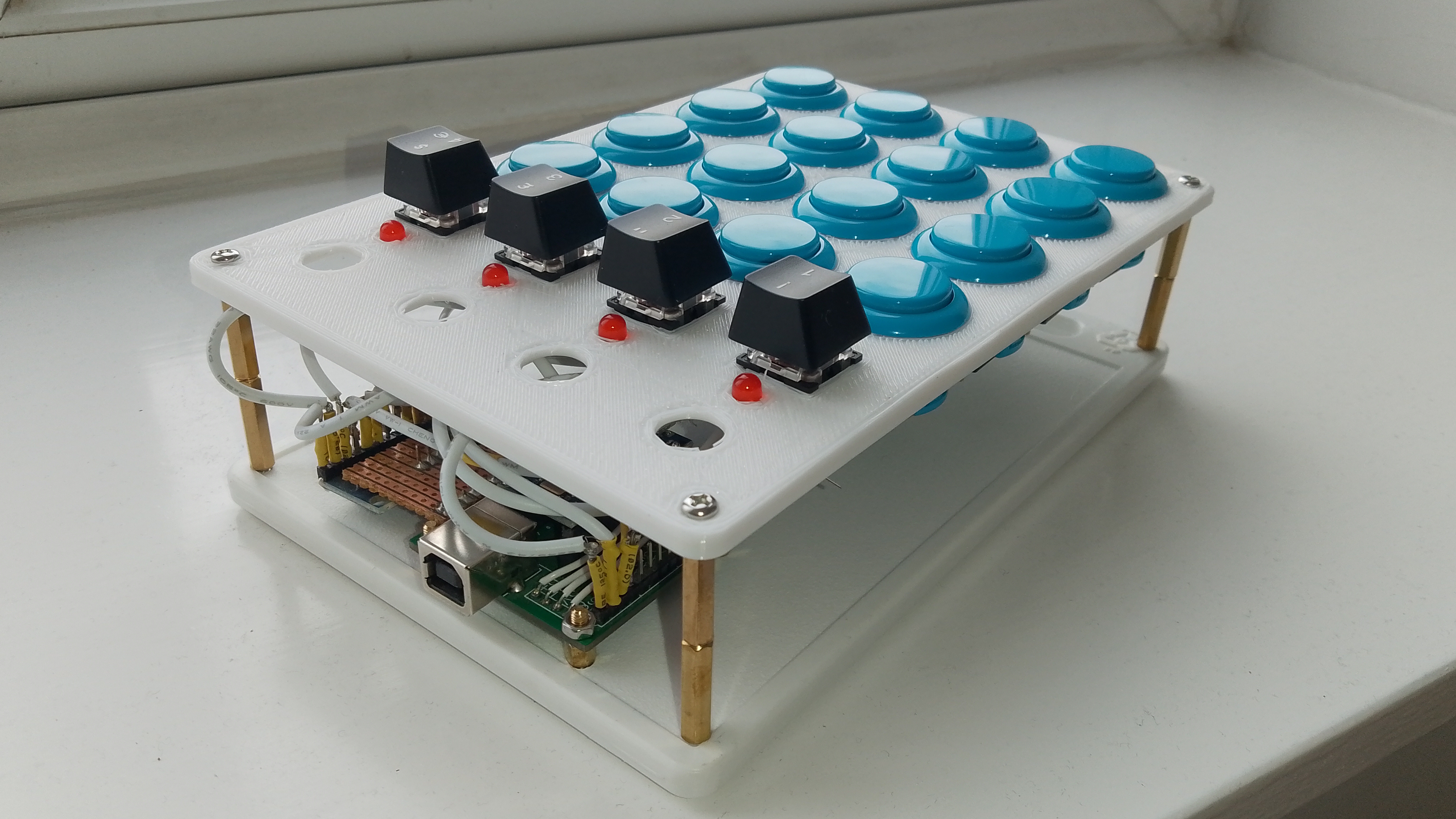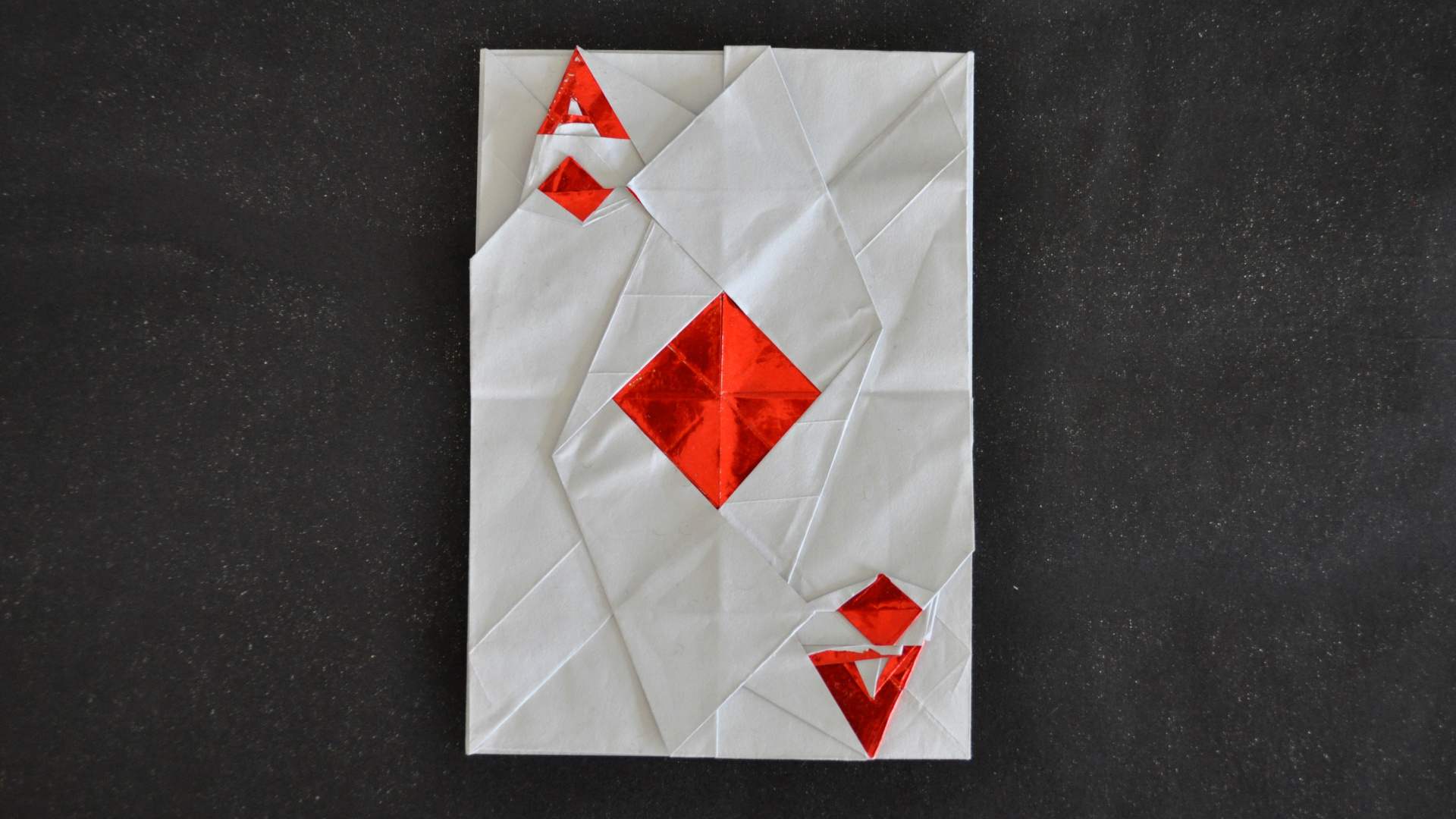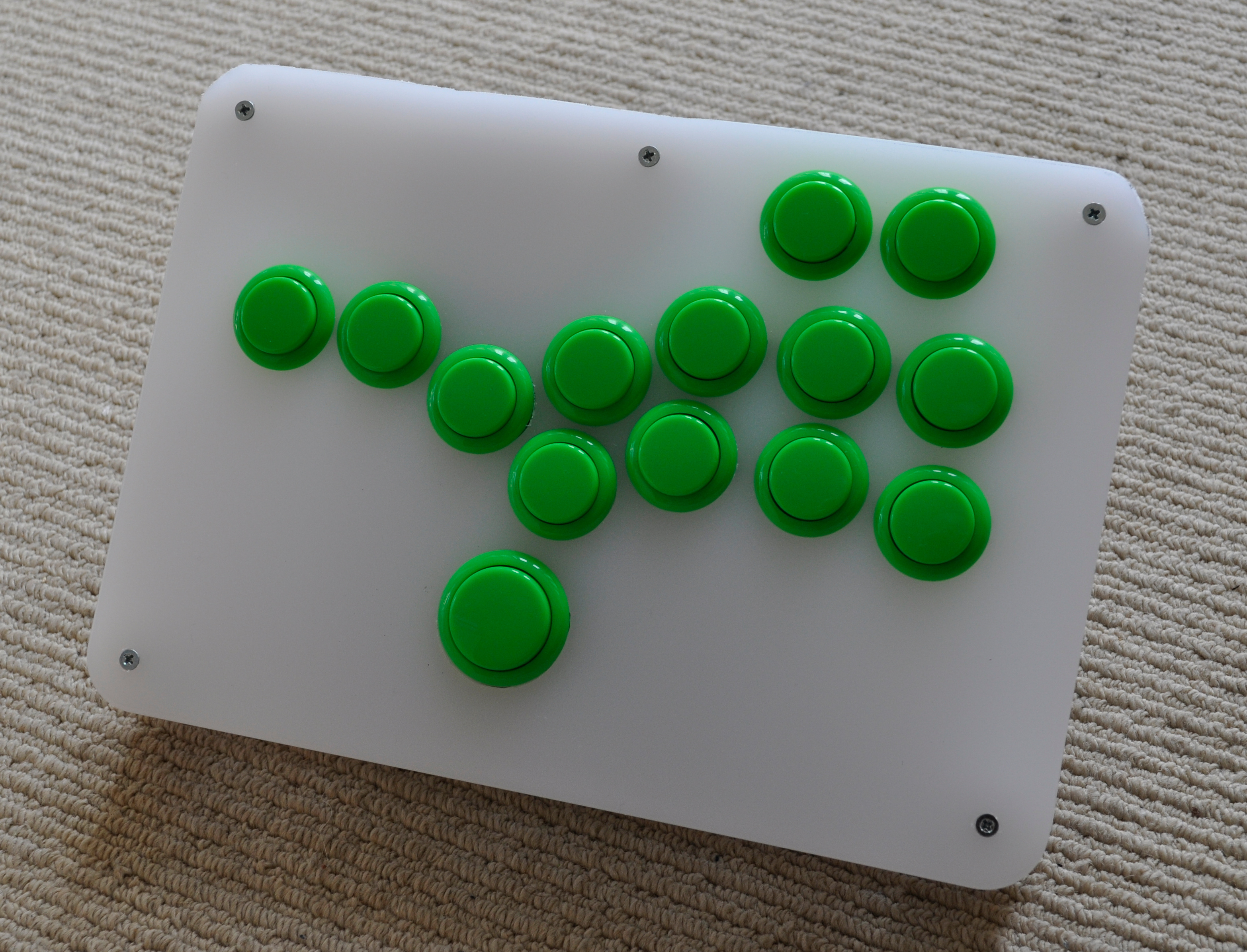DIY Board Games
Here are some of my home made board games.
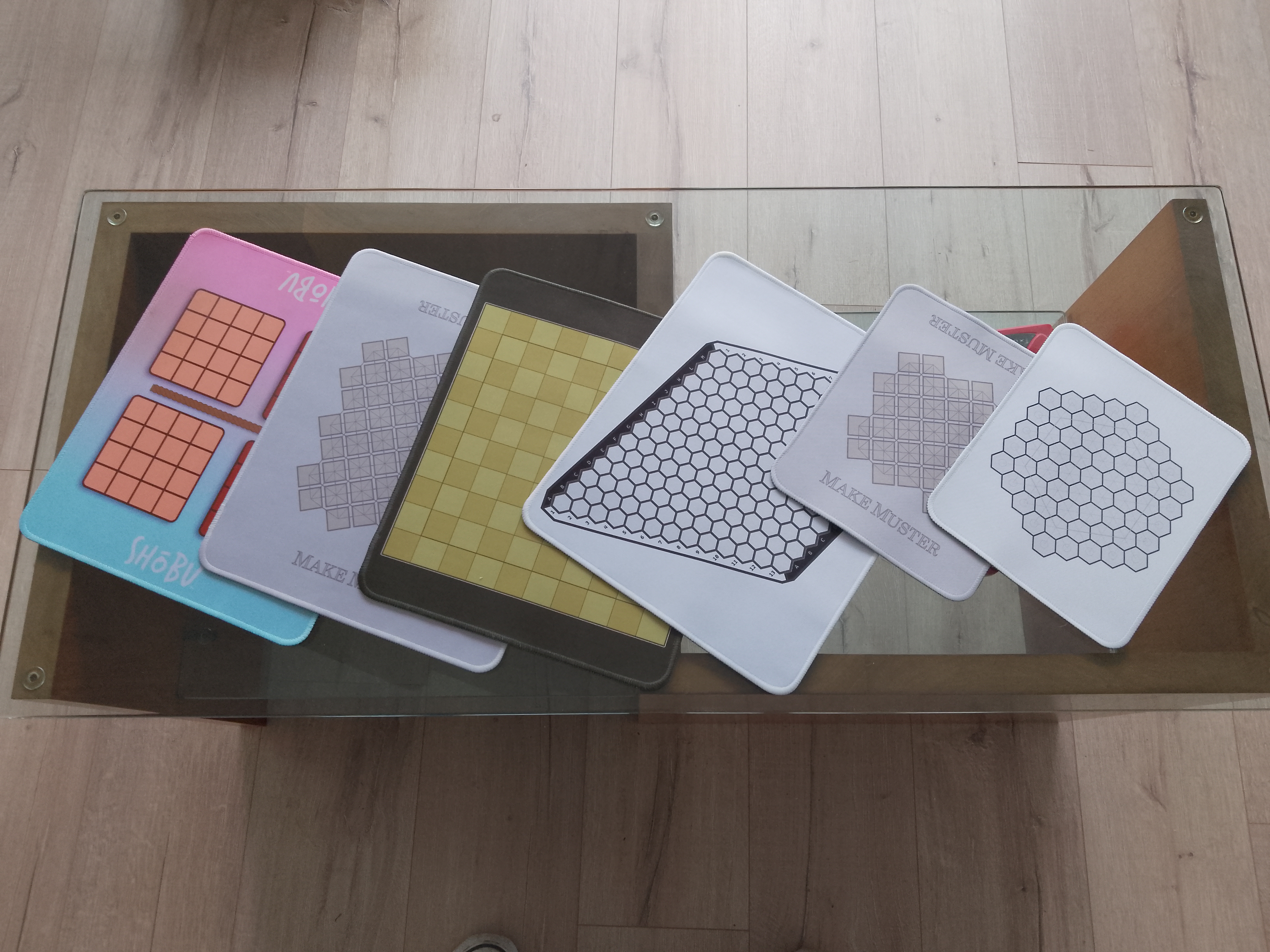
I say home made, but actually, it’s more like “home ordered”, as the components are ordered from aliexpress.com in China.
It takes minimal effort to get yourself a nice tactile board game, to your own specifications, and of way higher quality and durability than a Print and Play paper and card version.
In fact most of the work in my board game projects has been split between doing research on where to get components and get things printed, and in making the artwork.
I use the free open source vector drawing program, Inkscape to make my game boards, but any image tool you are comfortable with would work perfectly well.
I like to use vector art, as it allows me to use the snapping tools to create the very precise geometric shapes that I want. Plus, I love the super clean and crisp look of vector art.
I create the components using fixed real-world metric measurements. Doing this lets me ensure that the board fits the size of the tokens that I intend to use with it, and that I make best use of the available printable area. Vector art also allows me to export the images out as bitmaps at the exact DPI (dots per inch) settings that the printer uses.
I haven’t mentioned the “One Big Secret That You Should Know” yet, but you have probably worked it out from the pictures - these are actually custom mouse mats from a custom mouse mat printing service. You don’t have to buy them from China, although it works out a lot cheaper that way. The delivery might take slightly longer than using a local company, but I’ve found that even with normal shipping it can take under a fortnight to receive my prints.
The ones I ordered don’t look like they’d be especially durable as mouse mats, but I was happy with the quality for making quick and easy versions of board games that I was interested in trying out.
The tokens also come from an aliexpress.com supplier.
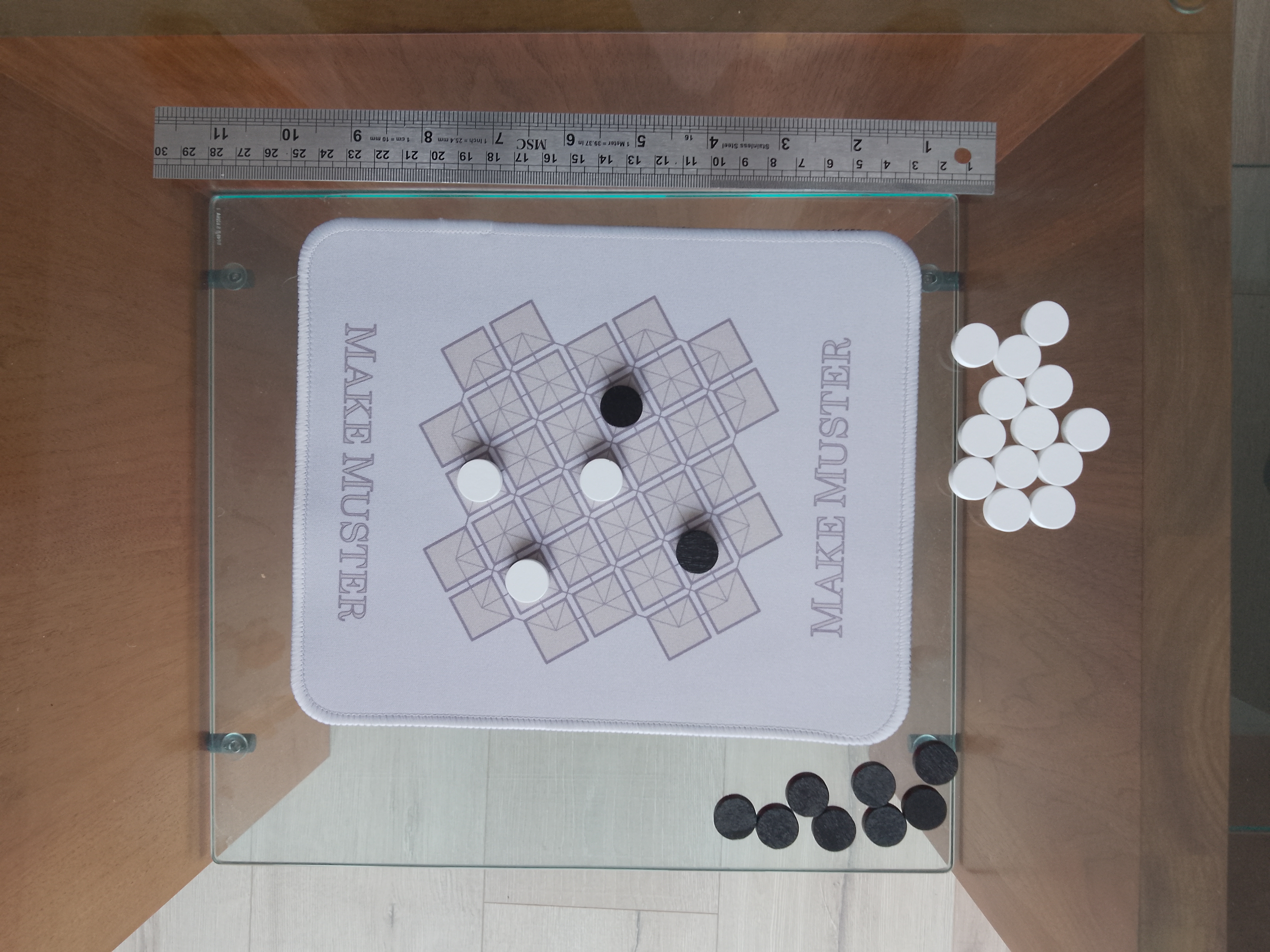
There’s potential a legal/moral issue in making your own board games. Although I’m paying all of the costs of making the physical items, the person who designed the actual game doesn’t get any reward from this. Making your own games could arguably be construed as a form of piracy. That’s why I’m not going to share the files for making these and suggest that if you make some yourself, that you consider keeping them for personal use only.
However, many games can be hard to get hold of, out of print, or may be classics with an uncertain copyright status.
For example, one of my favourite recent creations is Hex, independently invented by two mathematicians in the 1940’s. It’s the black and white board, fourth from the left in my title picture.
I don’t think anyone can really lay claim to the 10x10 chessboard. I added a slighly darker line to mine to mark off an inner 8x8 board, too. You can play lots of different games on a chequerboard - I’m hoping to try out Lines of Action from Sid Sackson’s A Gamut of Games and the classic game, Amazons.
The hexagonal board I made can be used to play various games, many of which are featured on the Ludii Games Portal. In particular, I want to play Yavalath - apparently the first ever game invented by a game-generating computer. I added a few extra markings so that the board can also be used as a GIPF board.
I’ve got some ideas for more board game related projects. I think laser cutting will be a great way to design non-standard game pieces. Also, I want to try out some fabric printing services, so that I can have boards that fold up.
My storage space is limited, so I really like games that come in small packaging. Even better if it is durable transportable packaging, such as the cloth bag that came with my Pocket Hive set. I wish more companies would do this. I have a project currently at the design stage to make a laser cut box to fit the pieces from the Carcassonne Big Box Edition into a much smaller container than the Big Box that the game came in.

